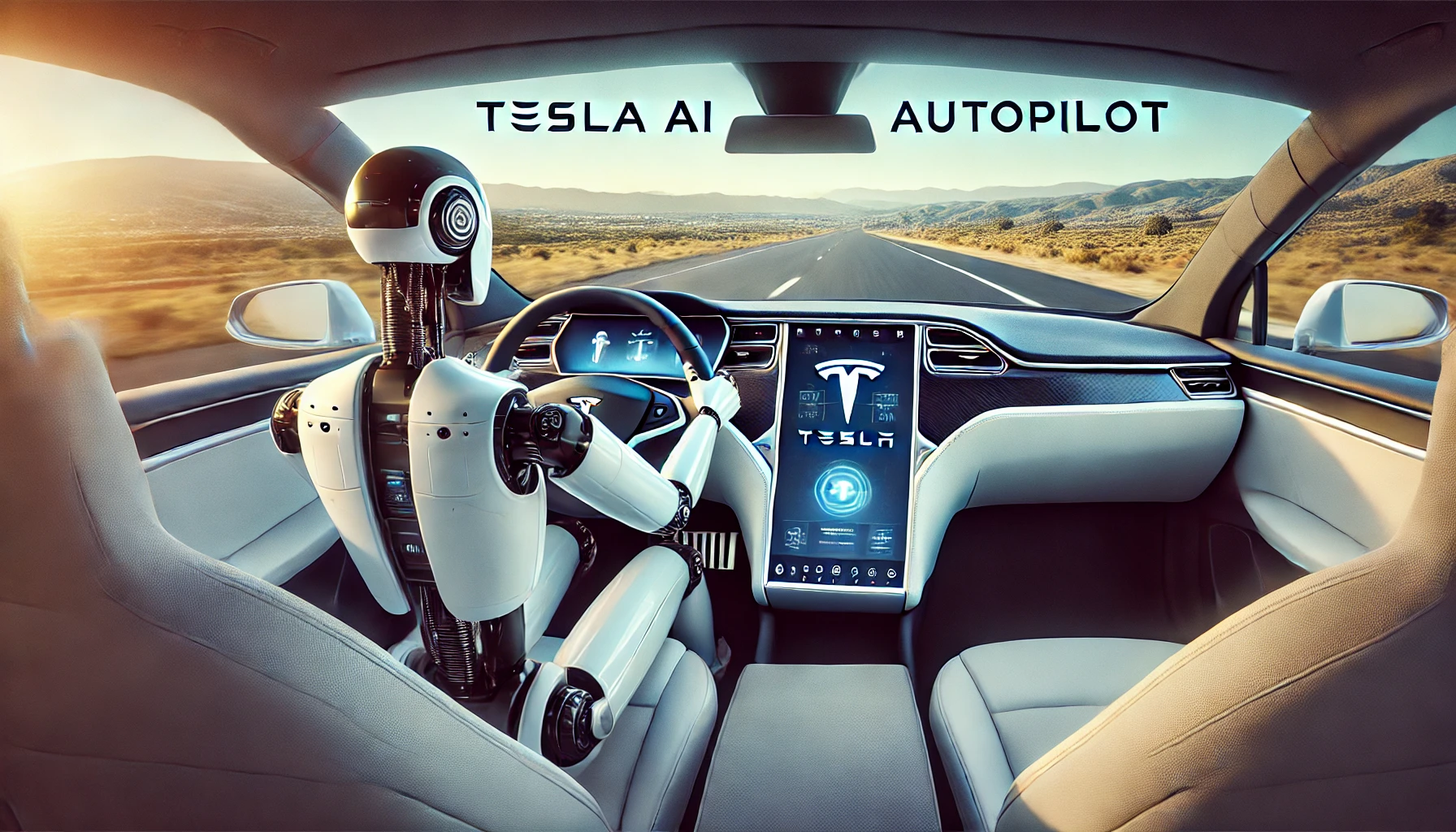🤖🚗 Self-Driving Vehicle
A self-driving vehicle would be one that could travel without the actual intervention of a human driver, instead relying on a suite of sensors, cameras, radar, and artificial intelligence to determine its direction. These vehicles are designed to interpret the world around them and make driving decisions in real time, enabling them to move autonomously. While this all might sound highly futuristic, the development of self-driving vehicles is already well underway, with companies like Tesla, Waymo, and Uber pushing the boundaries of what’s possible on the road.
AI’s Role in Disrupting Transportation
Artificial intelligence changed the way we thought of transportation. With self-driving technology, AI can get in the driving seat and make all the decisions necessary more quickly and safely than a human driver would ever be able to. Arguably, the most disruptive example comes out of Tesla, whose autopilot feature enables machines to learn in the operation of acceleration, steering, and braking. The others are Uber for its self-driving fleet, which is supposed to revolutionize ride-sharing, and Google’s Waymo, which has been testing autonomous taxis. Each of these platforms really shows how AI is coming into life and how it is integrating day in and day out with safety features, predictive driving, and route optimization, leading from the front.
Government and Educational Insights on Self-Driving Vehicles
Not to be left behind, government agencies and educational institutions are also playing their vital part in the advancement of the technology related to self-driving vehicles. To date, for example, the U.S. DOT has issued detailed guidelines with the purpose of being able to ensure that once autonomous vehicles are being exposed on public highways and roads, this becomes a safe introduction of such vehicles on public highways and roads. These guidelines especially deal with matters such as safety standards, testing protocols, and long-term impact assessments. Similarly, universities such as Stanford are contributing in this field; their research into AI and Machine Learning is necessary for the automation of a vehicle. If you’re interested, you can read more about the regulatory framework from the National Highway Traffic Safety Administration (NHTSA) to better understand how autonomous driving is being monitored and implemented safely.
Our Recommendations and Alternatives
If you are considering self-driving car AI tools, here are a few options you might want to keep at the back of your mind:. Full Self-Driving by Tesla is quite popular among many who would want to have a feel of the autonomy themselves. Then, there is Waymo as another alternative, which provides mainly autonomous ride-sharing. And if you’re working upon your project based on AI, have a look at NVIDIA’s Drive platform, and let its AI-infused software take care of your vehicles. Remember, all of these platforms have their strengths, and therefore, the choice you make must exactly cater to your need or requirements.
Below, we have provided the category of AI tool to support this use case and offer you a range of solutions that could help you further in the

Tesla AI Autopilot
The groundbreaking Tesla AI Autopilot offers advanced and futuristic one of a kind driver assistance features, like Autosteer, Traffic-Aware Cruise Control, and Auto Lane Change. It is designed to make driving smoother and more convenient, but also safer. Read our in dept review below.
